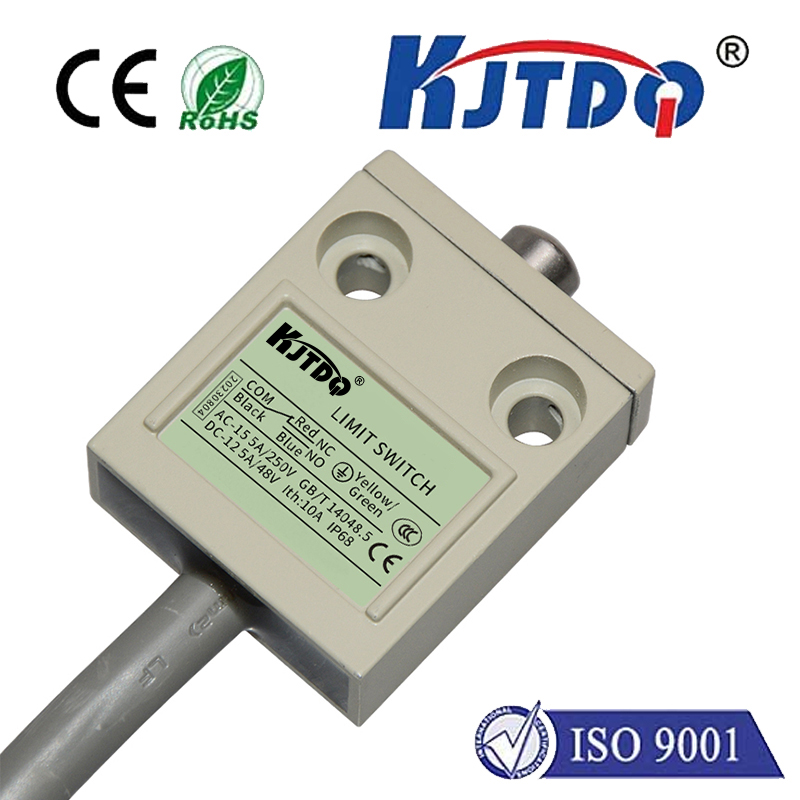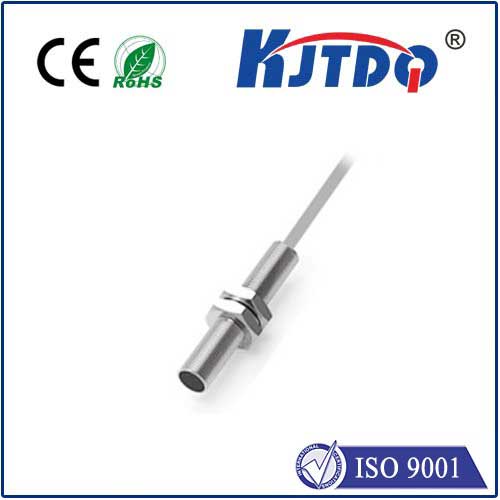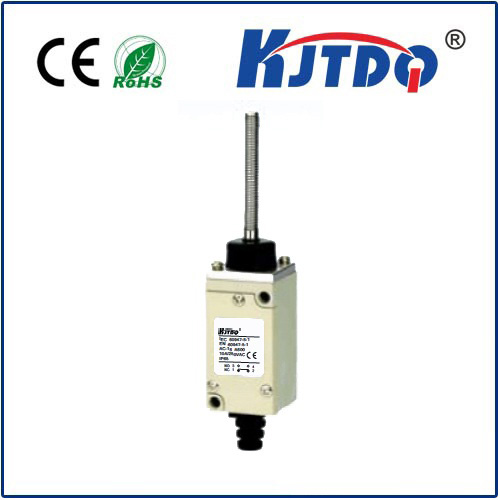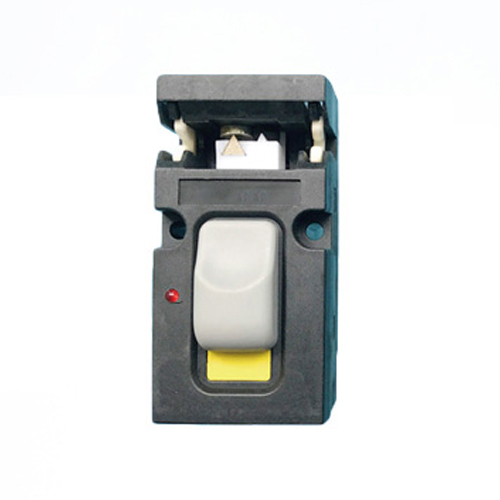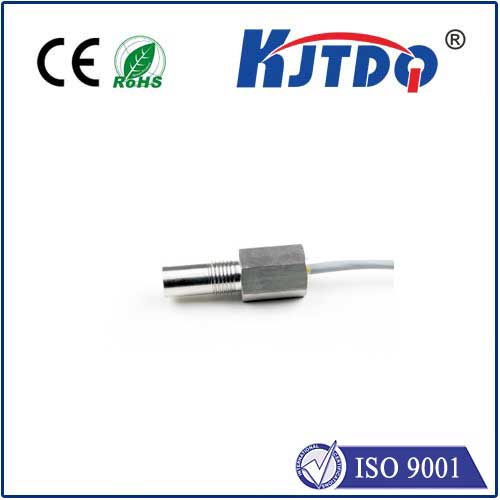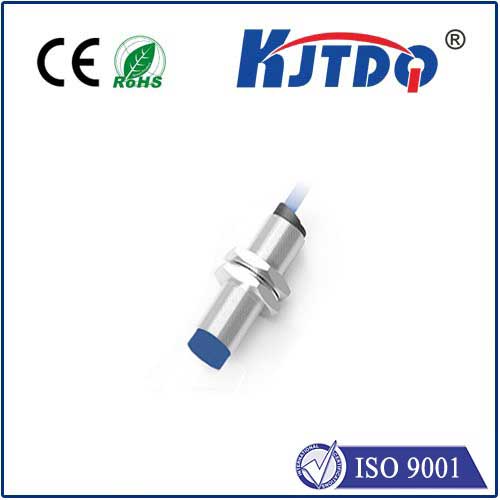limit switch 24v
- time:2025-09-14 00:37:10
- Click:0
The Essential Guide to 24V Limit Switches in Industrial Automation
Imagine a bustling factory floor: robotic arms whirring, conveyor belts transporting goods, machines stamping and forming. Suddenly, without warning, a critical piece of equipment slams into its end point, grinding to a halt amidst alarms. Chaos ensues. Often, preventing such costly – and potentially dangerous – scenarios hinges on a humble yet vital component: the limit switch. And when it comes to reliable and safe operation in modern industrial environments, the 24V limit switch reigns supreme.
So, what exactly is a limit switch 24V? At its core, a limit switch is an electromechanical device designed to detect the presence or absence of an object, or to monitor its movement limits, by physical contact. When an actuator on the switch (like a lever, plunger, or roller) is moved by the target object, it triggers an internal mechanism that changes the state of its electrical contacts – opening or closing a circuit. The “24V” designation specifically refers to its operating voltage, typically 24V DC (Direct Current), the standard low-voltage control power used extensively across factory automation, machinery, and control panels.
Why is 24V DC the Dominant Choice for Industrial Limit Switches?
The widespread adoption of 24V DC for control circuits, including devices like limit switches, isn’t arbitrary. It stems from significant practical and safety advantages:

- Enhanced Safety: Operating at low voltage (below 50V AC or 120V DC is often classified as Safety Extra-Low Voltage - SELV) drastically reduces the risk of severe electric shock to personnel during installation, maintenance, or troubleshooting. This is paramount in demanding industrial settings.
- Reduced Arcing and Spark Risk: Lower voltages inherently produce less energy when contacts open or close. This minimizes arcing and sparking, a critical safety feature in environments where flammable gases, dust, or vapors might be present (intrinsically safe designs often leverage low voltage).
- Improved Noise Immunity: 24V DC signals are generally more resistant to electromagnetic interference (EMI) and radio frequency interference (RFI) compared to higher voltage AC signals. This leads to more reliable signal transmission in electrically noisy industrial environments, reducing false triggers.
- Compatibility: The 24V DC standard is deeply entrenched. Programmable Logic Controllers (PLCs), sensors, relays, solenoid valves, and Human-Machine Interfaces (HMIs) predominantly use this voltage level. Integrating 24V limit switches into these systems is seamless and requires no complex voltage conversion.
- Energy Efficiency: Low-voltage control circuits consume less power overall compared to higher voltage systems, contributing to energy savings.
Key Functionalities and Applications of 24V Limit Switches
The 24V limit switch serves as a fundamental “digital eye” for position detection. Its core functions include:
- End-of-Travel Detection: Ensuring mechanisms like cylinders, actuators, slides, and doors stop precisely at their programmed endpoints. This is crucial for preventing mechanical damage (over-travel) and ensuring repeatable processes. This is perhaps their most common and critical role.
- Position Verification: Confirming that a component (a workpiece on a conveyor, a gripper arm, a safety guard) has reached a specific location before allowing the next step in a sequence to proceed. This validation is essential for machine sequencing and safety interlocks.
- Presence/Absence Sensing: Detecting whether an object is present in a defined location, such as a part in a fixture or a pallet on a station.
- Counting: Mechanically actuating a switch each time an object passes by provides a simple counting mechanism.
- Safety Interlocking: Used as part of safety circuits (often with positively driven contacts) to confirm guards are closed or access doors are secured before enabling hazardous machine motion. Safety-rated limit switches are specifically designed and certified for these critical tasks.
You’ll find 24V limit switches indispensable in countless applications:
- Material Handling Systems (conveyors, palletizers)
- Packaging Machinery (fillers, cappers, labelers)
- Automotive Assembly Lines (robotic welding, part transfer)
- Machine Tools (CNC machining centers, presses)
- Door and Gate Controls (industrial doors, elevators)
- Process Control Equipment (valve position feedback)
Critical Features and Selection Considerations for 24V Limit Switches
Choosing the right limit switch 24v goes beyond just voltage. Key factors include:
- Housing Material & Protection Rating (IP/NEMA): Switches encounter harsh environments – oil, coolant, dust, water, chips. Stainless steel housings offer excellent corrosion resistance, while robust plastics are common. The Ingress Protection (IP) rating (e.g., IP67 - dust-tight and protected against temporary immersion) or NEMA rating is critical. Always select a rating suitable for the specific environment.
- Actuator Type: This defines how the switch is triggered.
- Roller Lever: Common for detecting moving parts (e.g., machine slides). The roller reduces friction.
- Plunger: For direct, straight-line actuation.
- Wobble Stick/Rod: Detects objects from various angles.
- Flexible Rod: For detecting irregularly shaped objects or in confined spaces.
- Rotary: Used for detecting rotation or angular position. The actuator must reliably engage with the target.
- Contact Configuration (SPDT, DPDT, etc.): This defines the switching action (e.g., Normally Open (NO), Normally Closed (NC)) and the number of circuits controlled. SPDT (Single Pole, Double Throw) is very common, providing both NO and NC contacts in one unit. DPDT offers two isolated SPDT circuits. Choose based on the required control logic (fail-safe needs NC, position signals often need NO).
- Contact Rating: Ensure the switch’s contacts can handle the required voltage and current (both make/break and continuous) of the load it controls (relay coil, PLC input, small solenoid). Never exceed these ratings.
- Electrical Life: The expected number of operational cycles under specified load conditions. Higher cycles are needed for frequently actuated switches.
- Operational Force/Travel: The amount of force needed to actuate the switch and the distance the actuator must move. Ensures reliable triggering without excessive strain on the mechanism.
- Mounting: Options include threaded body, base-mounted, or bracket-mounted for flexibility in installation.
- Termination: Screw terminals are standard; quick-disconnect options like M12 connectors offer faster installation and maintenance.
Integrating the 24V Limit Switch: Connecting to Control Systems
The beauty of the 24V limit switch 24v lies in its straightforward interface with control systems. The switch is typically wired directly into the 24V DC control circuit:
- One wire connects to the positive (+24V DC) supply.
- The other wire connects to the input of a PLC, relay coil, or other control device.
- The device’s common input is connected to the negative (0V DC) supply.
When the switch actuator is triggered (moving from its normal state), it closes (or opens, depending on contact configuration) this circuit. This change in state is detected by the PLC






